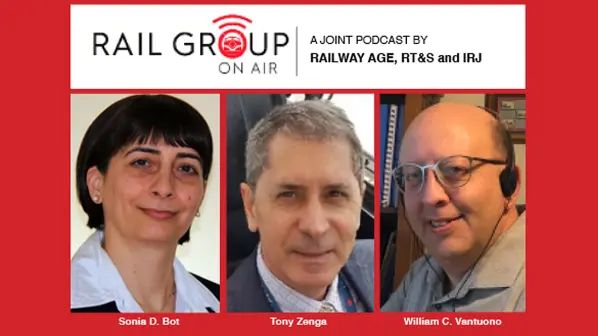FOR example: Industrial Internet of Things (IIoT); Positive Train Control (PTC) and Enhanced Train Control (ETC); and AI (artificial intelligence)-based automation such as expanding autonomous inspection to include predictive analytics for track data. How do we know that these solutions and systems are safe and that there are no lurking issues? How do we know that the integration of multiple components from vendors, partners, and even from within meet safety objectives? How do we know if safety integrity is preserved after a change is made? How do we shift the paradigm where safety moves from a cost centre to a value-added business driver?
In Part 3, the subject of a feature article in Railway Age’s December 2020 issue and the conclusion of this three-part series on System Safety, Sonia Bot chief executive of The BOT Consulting Group Inc., and Tony Zenga, owner of CMTIGroup Inc., draw attention to three often neglected or not fully understood aspects of system safety practices. They are integration into the systems engineering lifecycle, designing for safety, and process-based safety performance management. By having these technical aspects in place, a system safety practice can effectively achieve its potential and influence the maturation of the organization’s safety culture.
Note: September is Safety Month in the North American railway industry. This month, IRJ’s sister publication Railway Age “recalls to active duty” the three-part series on System Safety by Sonia Bot and Tony Zenga, with accompanying podcasts. Here is Part 3 – William C. Vantuono
To listen to the podcast click here
To listen to Part 1 of the podcast click here
To listen to Part 2 of the podcast click here

